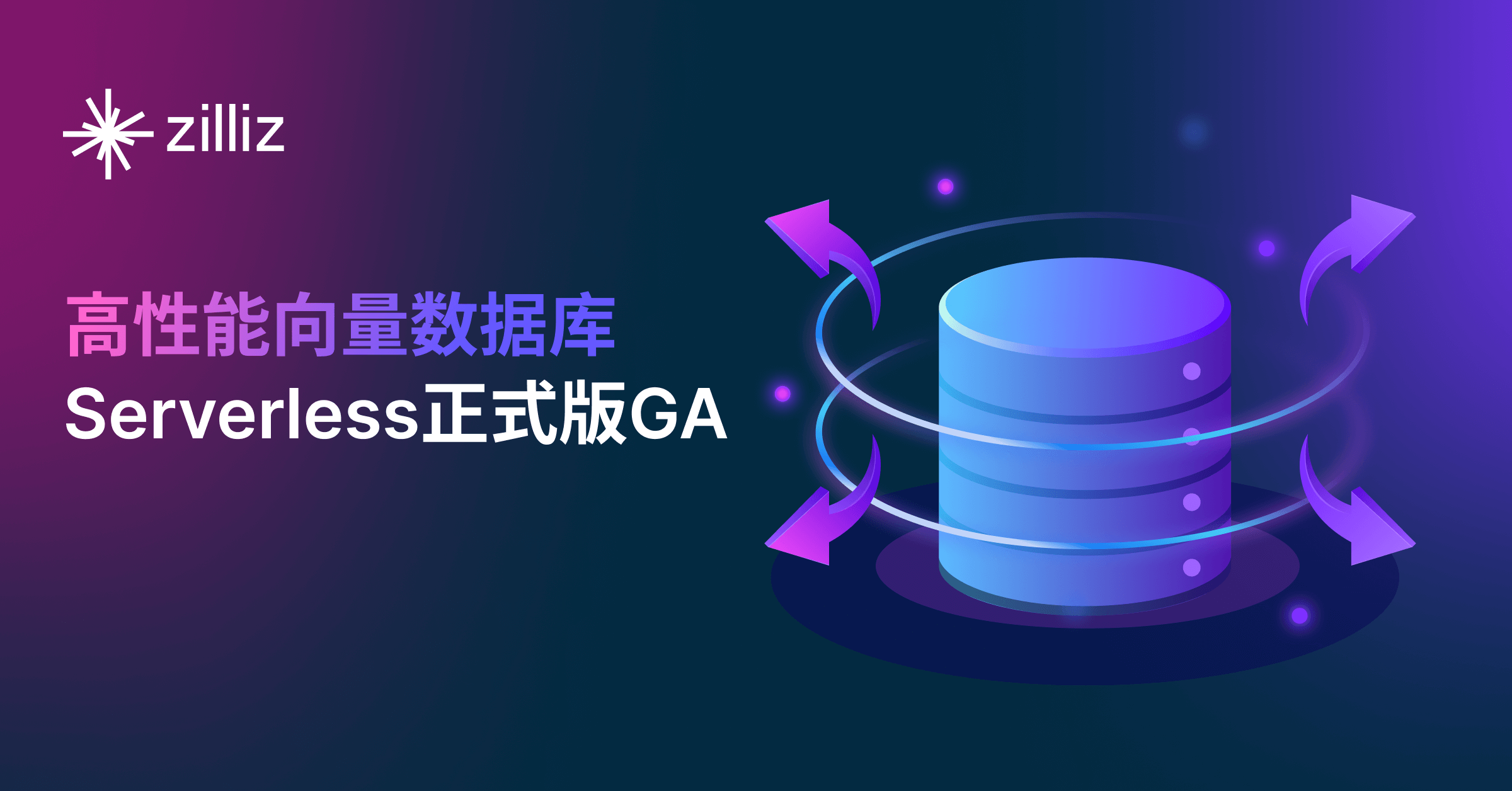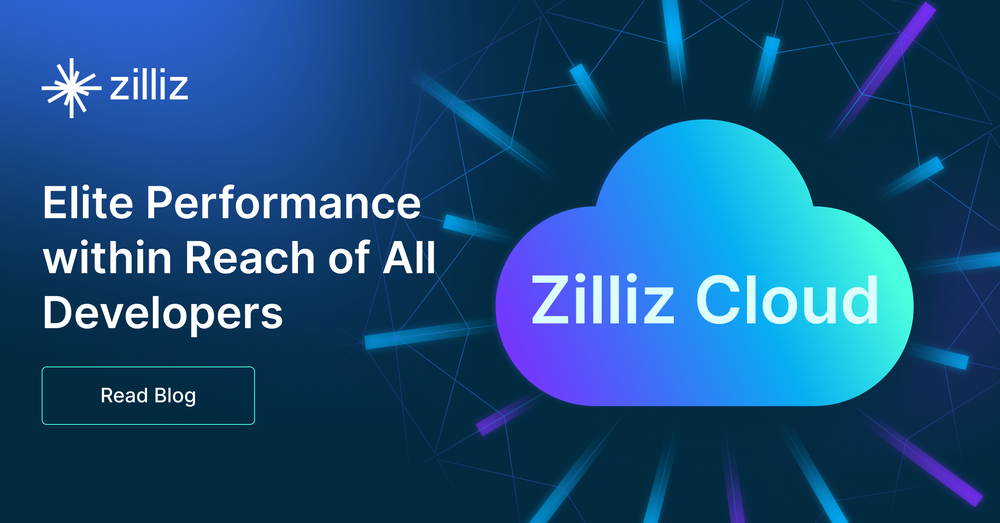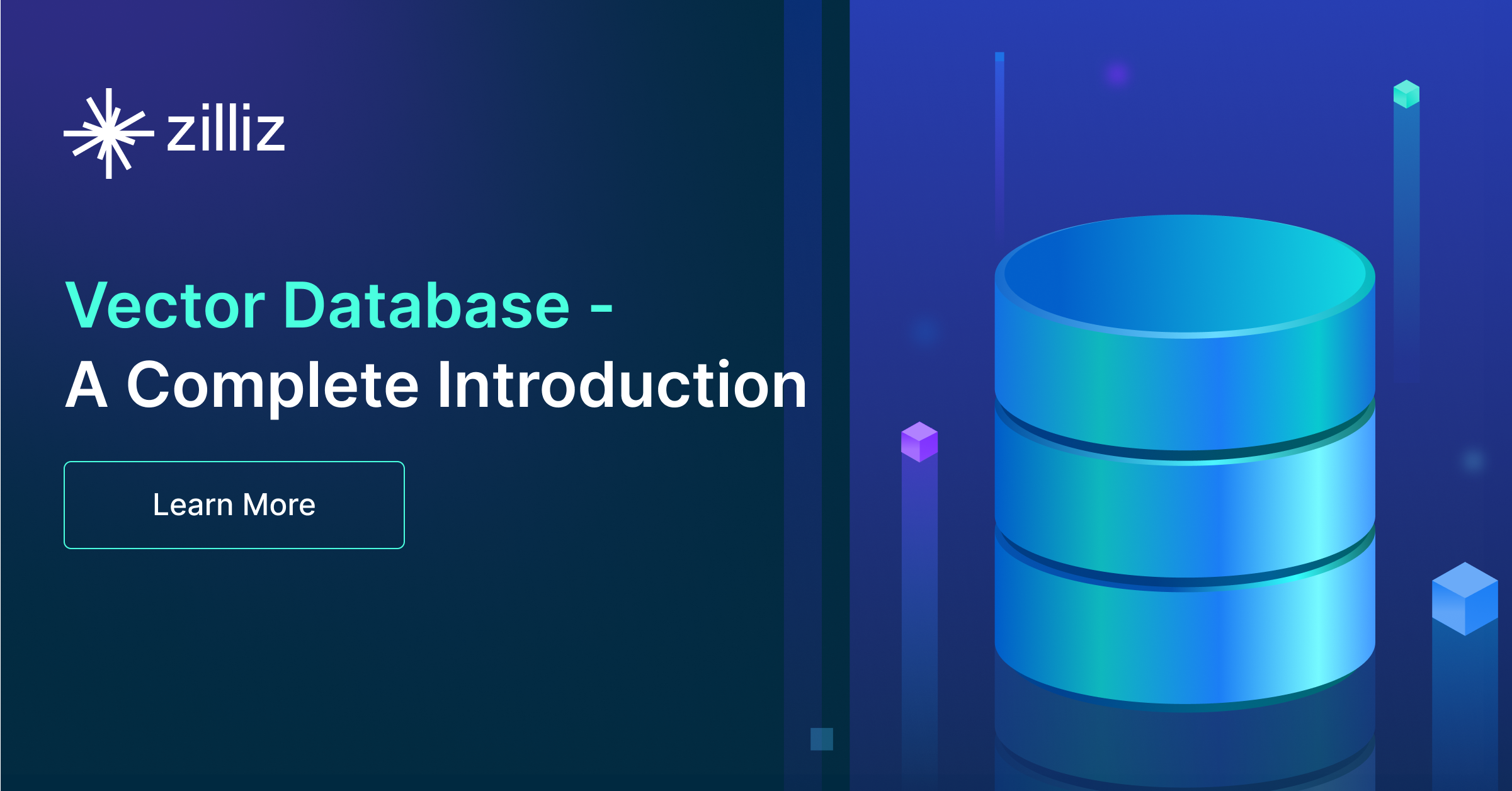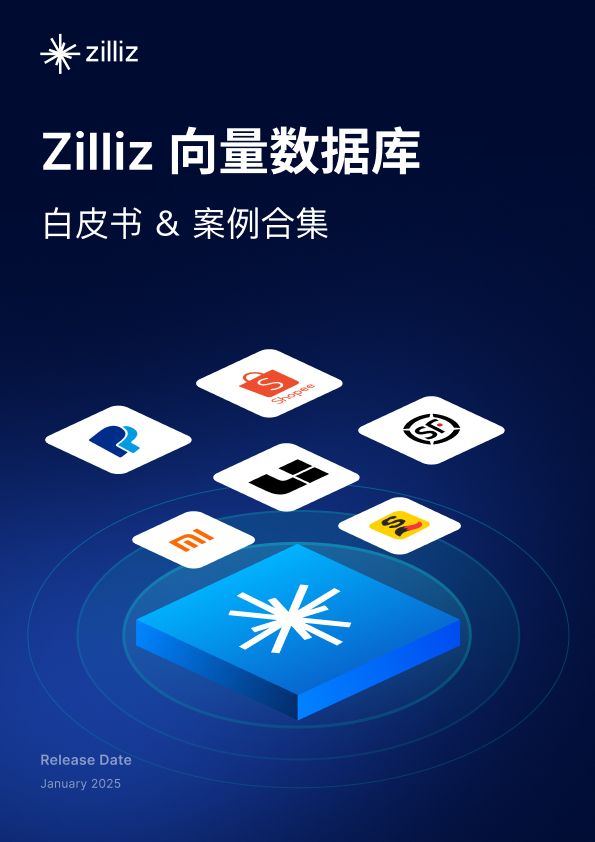使用 Ollama、Llama 3.1 和 Milvus 实现Function Calling 功能

将函数调用(Function Calling)与 LLM 相结合能够扩展您的 AI 应用的能力。通过将您的大语言模型(LLM)与用户定义的 Function 或 API 集成,您可以搭建高效的应用,解决实际问题。
本文将介绍如何将 Llama 3.1 与 Milvus 和 API 等外部工具集成,构建具备上下文感知能力的应用。
Function Calling 简介
诸如 GPT-4、Mistral Nemo 和 Llama 3.1 之类的大语言模型(LLMs)现在可以检测何时需要调用函数,然后输出包含调用该函数参数的 JSON。这一突破能够有效提升您的 AI 应用的能力。
Functional calling 助力开发人员:
搭建 LLM 驱动数据提取和标记解决方案(例如:从维基百科文章中提取人物名字)
开发能够将自然语言转换为 API 命令或数据库查询语句的应用
打造对话式的知识库搜索引擎
使用的工具
Ollama: 支持在您的笔记本电脑上使用强大的 LLM,有效简化本地操作流程。
Milvus: 用于高效存储和检索数据的首选向量数据库
8B 模型的升级版本,支持多语言、更长的上下文长度(128K)和利用工具进行操作。
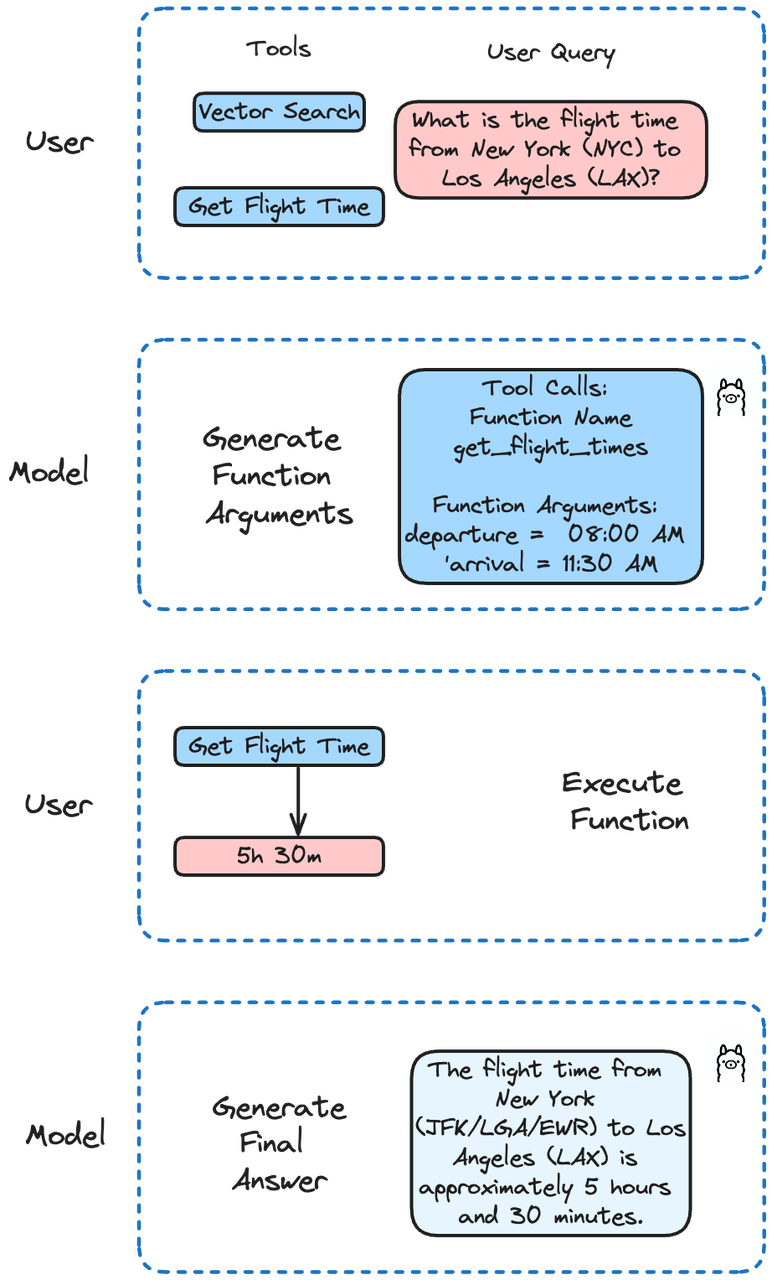
使用 Llama 3.1 和 Ollama
Llama 3.1 已经在 Function calling 方面进行了微调。它支持通过单一、嵌套和并行的方式调用函数,同时支持多轮调用函数。借助 Llama 3.1 您的 AI 应用可以处理涉及多个并行步骤的复杂任务。
在本文示例中,我们将通过不同的函数来模拟用于获取航班时间的 API,然后在 Milvus 中执行搜索。Llama 3.1 将根据用户的查询决定调用哪个函数。
安装依赖
首先,使用 Ollama 下载 Llama 3.1:
ollama run llama3.1
上述指令会将模型下载至您的笔记本电脑,您可以通过 Ollama 使用 Llama 3.1。接着,安装依赖:
! pip install ollama openai "pymilvus[model]"
本文安装 Milvus Lite 以及模型插件。Milvus 的模型插件支持用户使用 Milvus 中集成的模型将数据转换为 Embedding 向量。
将数据插入 Milvus
将数据插入至 Milvus 中。后续,Llama 3.1 将判断相关性并决定是否搜索此步骤中插入的数据。
创建 Collection 并插入数据
from pymilvus import MilvusClient, model
embedding_fn = model.DefaultEmbeddingFunction()
docs = [
"Artificial intelligence was founded as an academic discipline in 1956.",
"Alan Turing was the first person to conduct substantial research in AI.",
"Born in Maida Vale, London, Turing was raised in southern England.",
]
vectors = embedding_fn.encode_documents(docs)
# The output vector has 768 dimensions, matching the collection that we just created.
print("Dim:", embedding_fn.dim, vectors[0].shape) # Dim: 768 (768,)
# Each entity has id, vector representation, raw text, and a subject label.
data = [
{"id": i, "vector": vectors[i], "text": docs[i], "subject": "history"}
for i in range(len(vectors))
]
print("Data has", len(data), "entities, each with fields: ", data[0].keys())
print("Vector dim:", len(data[0]["vector"]))
# Create a collection and insert the data
client = MilvusClient('./milvus_local.db')
client.create_collection(
collection_name="demo_collection",
dimension=768, # The vectors we will use in this demo has 768 dimensions
)
client.insert(collection_name="demo_collection", data=data)
新创建的 Collection 中含有 3 个元素。
定义需要使用的 Functions
本文将定义两个 Function。第一个与 API call 相似,用于获取航班时间。第二个用于在 Milvus 中执行搜索和查询。
from pymilvus import model
import json
import ollama
embedding_fn = model.DefaultEmbeddingFunction()
# Simulates an API call to get flight times
# In a real application, this would fetch data from a live database or API
def get_flight_times(departure: str, arrival: str) -> str:
flights = {
'NYC-LAX': {'departure': '08:00 AM', 'arrival': '11:30 AM', 'duration': '5h 30m'},
'LAX-NYC': {'departure': '02:00 PM', 'arrival': '10:30 PM', 'duration': '5h 30m'},
'LHR-JFK': {'departure': '10:00 AM', 'arrival': '01:00 PM', 'duration': '8h 00m'},
'JFK-LHR': {'departure': '09:00 PM', 'arrival': '09:00 AM', 'duration': '7h 00m'},
'CDG-DXB': {'departure': '11:00 AM', 'arrival': '08:00 PM', 'duration': '6h 00m'},
'DXB-CDG': {'departure': '03:00 AM', 'arrival': '07:30 AM', 'duration': '7h 30m'},
}
key = f'{departure}-{arrival}'.upper()
return json.dumps(flights.get(key, {'error': 'Flight not found'}))
# Search data related to Artificial Intelligence in a vector database
def search_data_in_vector_db(query: str) -> str:
query_vectors = embedding_fn.encode_queries([query])
res = client.search(
collection_name="demo_collection",
data=query_vectors,
limit=2,
output_fields=["text", "subject"], # specifies fields to be returned
)
print(res)
return json.dumps(res)
向 LLM 提供指令并使用定义的 Functions
向 LLM 提供指令。这样一来,LLM 可以使用我们上述定义的 Functions。
def run(model: str, question: str):
client = ollama.Client()
# Initialize conversation with a user query
messages = [{"role": "user", "content": question}]
# First API call: Send the query and function description to the model
response = client.chat(
model=model,
messages=messages,
tools=[
{
"type": "function",
"function": {
"name": "get_flight_times",
"description": "Get the flight times between two cities",
"parameters": {
"type": "object",
"properties": {
"departure": {
"type": "string",
"description": "The departure city (airport code)",
},
"arrival": {
"type": "string",
"description": "The arrival city (airport code)",
},
},
"required": ["departure", "arrival"],
},
},
},
{
"type": "function",
"function": {
"name": "search_data_in_vector_db",
"description": "Search about Artificial Intelligence data in a vector database",
"parameters": {
"type": "object",
"properties": {
"query": {
"type": "string",
"description": "The search query",
},
},
"required": ["query"],
},
},
},
],
)
# Add the model's response to the conversation history
messages.append(response["message"])
# Check if the model decided to use the provided function
if not response["message"].get("tool_calls"):
print("The model didn't use the function. Its response was:")
print(response["message"]["content"])
return
# Process function calls made by the model
if response["message"].get("tool_calls"):
available_functions = {
"get_flight_times": get_flight_times,
"search_data_in_vector_db": search_data_in_vector_db,
}
for tool in response["message"]["tool_calls"]:
function_to_call = available_functions[tool["function"]["name"]]
function_args = tool["function"]["arguments"]
function_response = function_to_call(**function_args)
# Add function response to the conversation
messages.append(
{
"role": "tool",
"content": function_response,
}
)
# Second API call: Get final response from the model
final_response = client.chat(model=model, messages=messages)
print(final_response["message"]["content"])
使用示例
让我们看看是否能顺利查询到特定航班的时间:
question = "What is the flight time from New York (NYC) to Los Angeles (LAX)?"
run('llama3.1', question)
结果如下:
The flight time from New York (JFK/LGA/EWR) to Los Angeles (LAX) is approximately 5 hours and 30 minutes. However, please note that this time may vary depending on the airline, flight schedule, and any potential layovers or delays. It's always best to check with your airline for the most up-to-date and accurate flight information.
现在,让我们看看 Llama 3.1 是否能使用 Milvus 进行向量搜索。
question = "What is Artificial Intelligence?"
run(‘llama3.1’, question)
以下为 Milvus 搜索结果:
data: ["[{'id': 0, 'distance': 0.4702666699886322, 'entity': {'text': 'Artificial intelligence was founded as an academic discipline in 1956.', 'subject': 'history'}}, {'id': 1, 'distance': 0.2702862620353699, 'entity': {'text': 'Alan Turing was the first person to conduct substantial research in AI.', 'subject': 'history'}}]"] , extra_info: {'cost': 0}
总结
Function Calling 与 LLM 的结合为我们创造了无限可能。通过将Llama 3.1与 外部工具(如 Milvus)和 API 集成,您可以构建具备上下文感知能力的应用,从而满足特定用例和解决实际问题。

技术干货
Milvus Lite 已交卷!轻量版 Milvus,主打就是一个轻便、无负担
总体而言,无论用户是何种身份(研究人员、开发者或者数据科学家),Milvus Lite 都是一个不错的选择,尤其对于那些想要在受限的环境中使用 Milvus 功能的用户而言,更是如此。
2023-6-8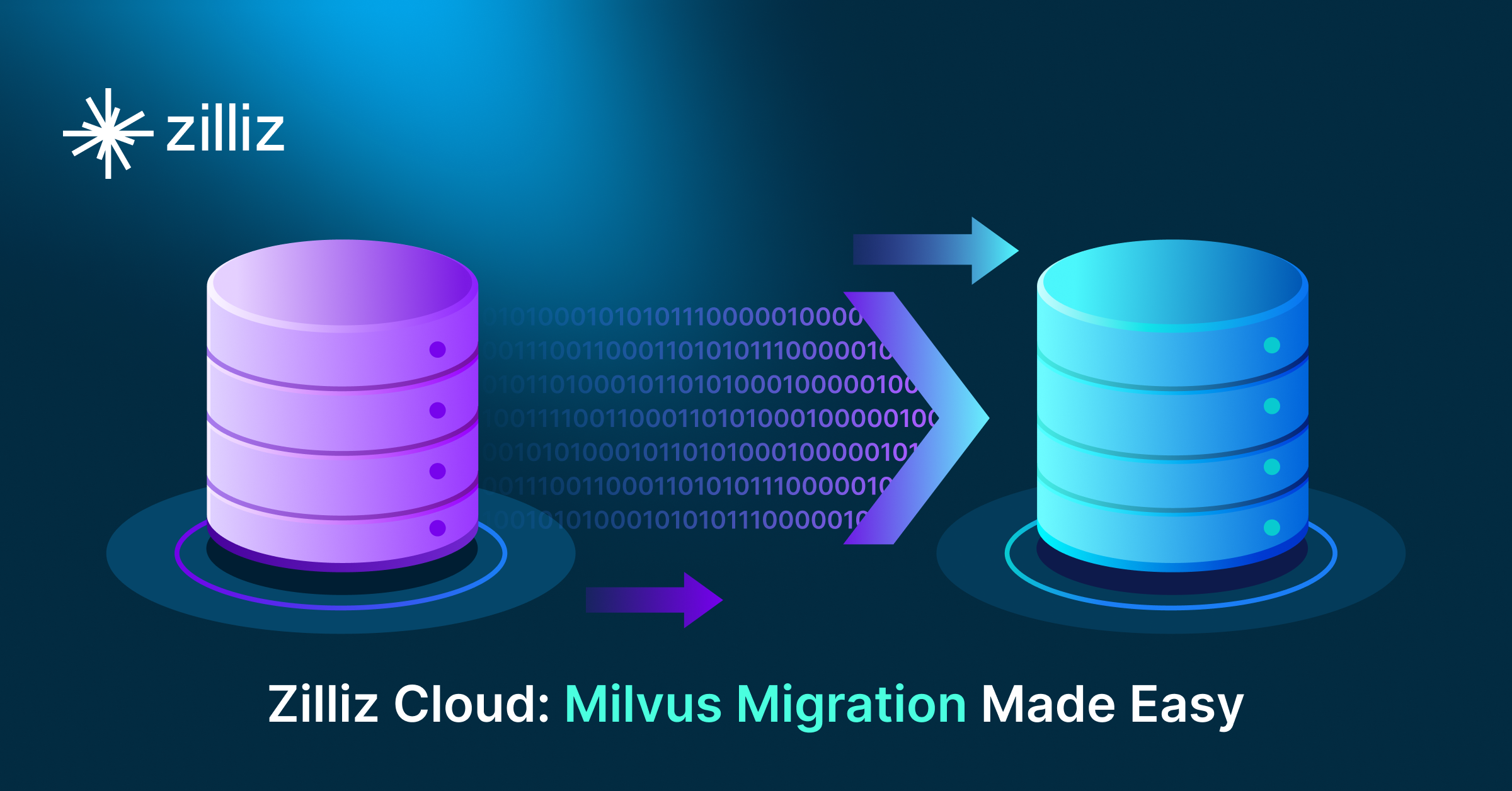
技术干货
LLM 快人一步的秘籍 —— Zilliz Cloud,热门功能详解来啦!
此次我们在进行版本更新的同时,也增加了多项新功能。其中,数据迁移(Migration from Milvus)、数据的备份和恢复(Backup and Restore)得到了很多用户的关注。本文将从操作和设计思路的层面出发,带你逐一拆解 Zilliz Cloud 的【热门功能】。
2023-4-10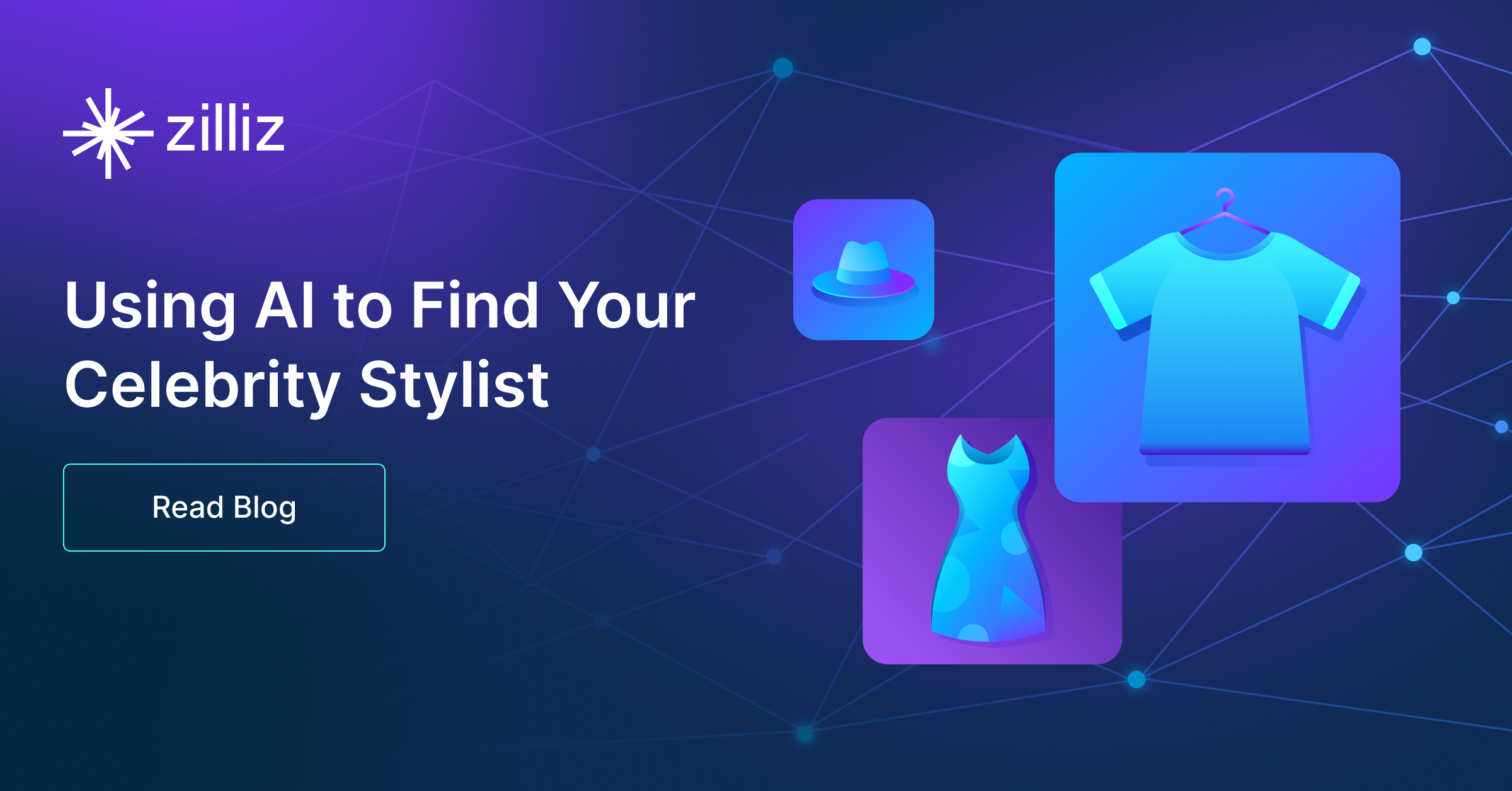
技术干货
当一个程序员决定穿上粉裤子
如何找到和你时尚风格相似的明星?AI + Milvus=?
2023-8-23
